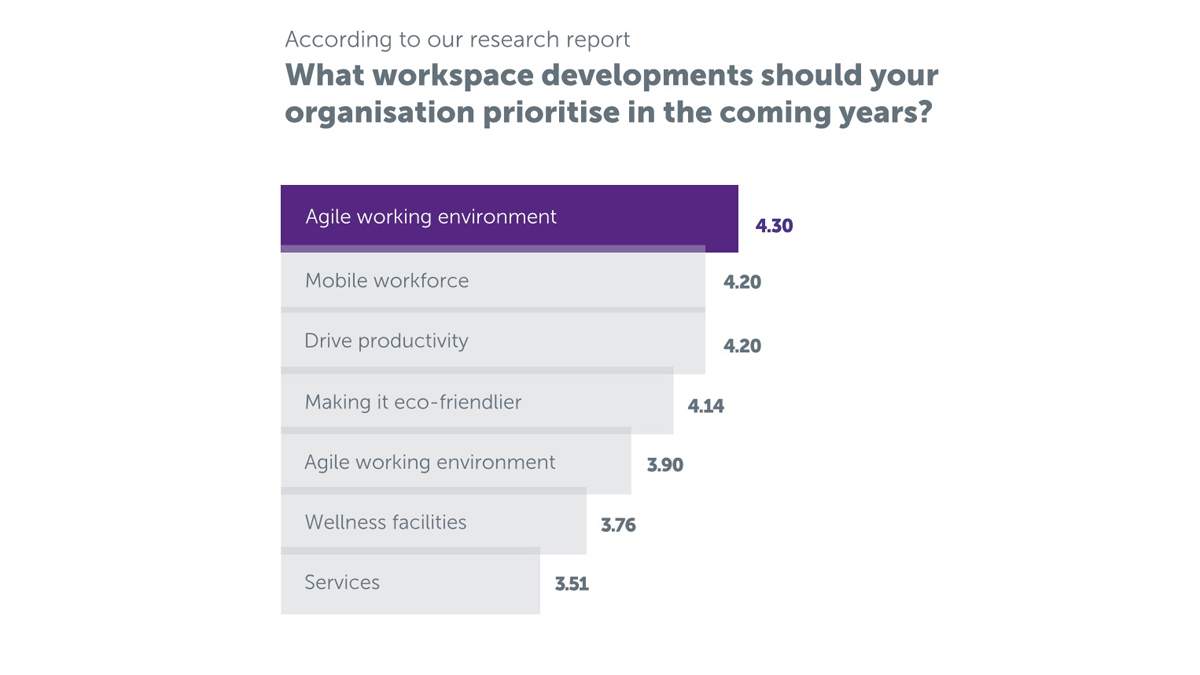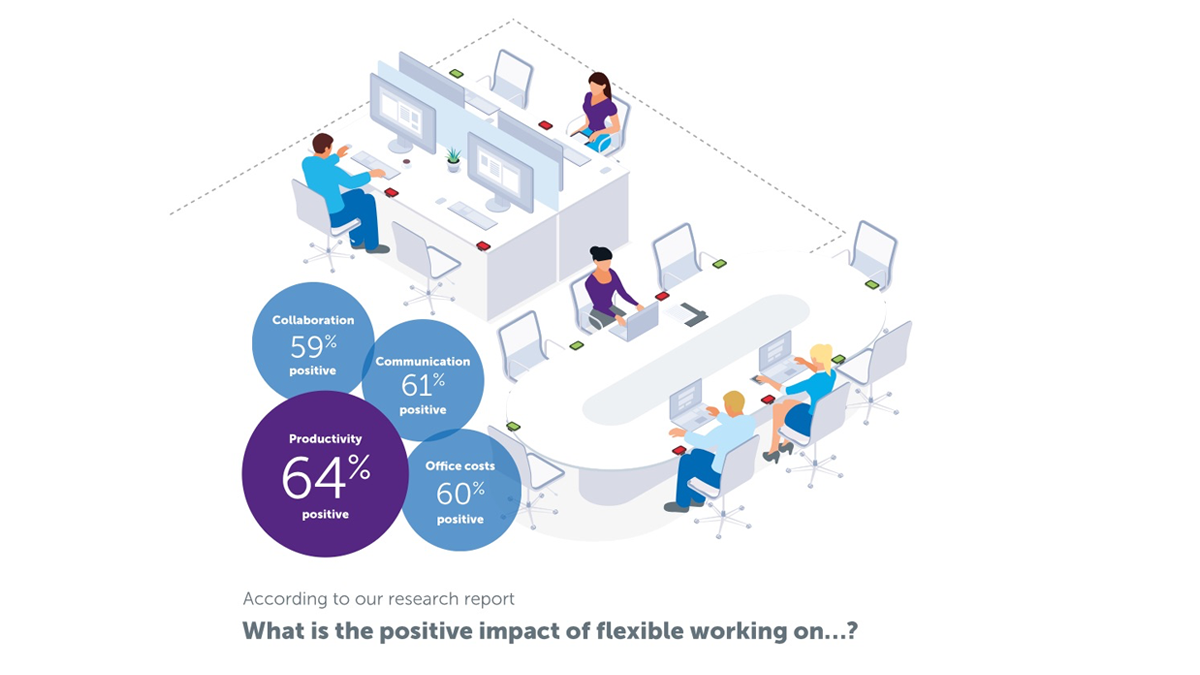
More flexibility has long been a workforce enabler. But in recent times, this surge has spiked, becoming it seems, more of a necessity than a perk.
The conventional ways we were used to, just even a few months ago, have rapidly evolved due to current climates, business needs and shifts in the way we work in general; keeping up with productivity and collaboration.
Did you know: 30% of staff already work flexibly up to half the time.
And we are predicting that this number will undoubtedly be swayed in the upcoming months.
Think about it for a moment: working in an office from 9:00am to 5:00pm, Monday to Friday, meant everyone went into work and came out at the same time. It meant commuting (congested, expensive and unpleasant), and generated knock-on difficulties for family life with school runs and childcare taken into account. It can also breed resentment when people are forced to break out of that rigidly defined box and work extra hours when needed.
It isn’t very efficient from the point of view of your workplace, either. After all, if everyone works from an office, then they all need their own workstations, which take up a lot of space and resources. So if your business hasn’t taken steps towards becoming a more flexible workplace, you’re missing out on a lot of benefits, from employee wellbeing to productivity and collaboration.
The simple truth is, that none of those accepted wisdoms have to apply to office-based working any more.
And there’s one very simple reason why: technology, and mobile technology in particular.
With every passing day, our lives both in and out of work are becoming more and more mobile. Whether it’s…
- Smartphones
- Tablets
- Internet of Things devices
- The cloud
- Video collaboration
…working remotely is now as easy and compromise-free as working from an office.
And it’s only going to get easier. Our shift towards lives that are more mobile-centric will lead to technology evolving and adapting to suit our needs, not only as workers, but as consumers, too.
Last year, Samsung launched a 43-inch flat-screen TV called the Sero, which sits on a stand and can be turned around to work in landscape orientation (like a normal TV) or in portrait (like a smartphone). It was designed specifically to display mobile or social media content in its optimal format, in a way that regular TVs can’t quite manage.
Of course, we’ll have to wait and see whether this particular model proves to be successful or not. But the Sero’s creation shows that tech manufacturers recognize the evolution of our devices, and from a working perspective, that workers are far more likely to cast to big screens from their mobile devices in the future than from PCs or laptops.
What does this mean from the perspective of your business?
Well, to cut a long story short, it means that you should be able to set up a flexible workplace without compromise:
- Working hours and business practices that make sense for business and employees alike.
- Technology that’s built to suit working anywhere, any time and in an increasingly mobile-driven world.
- A more efficient office environment where more space is shared, encouraging better collaboration and exchange of ideas.
Equipped with those new philosophies, your workforce will be better placed to do their best work, more of the time, and maximize the ROI you’ve put into technology, premises and people.
After all, how well people do their jobs is more important today more than ever, more so than where they do it.
Reference: Condeco Modern Workplace Report 2019.





